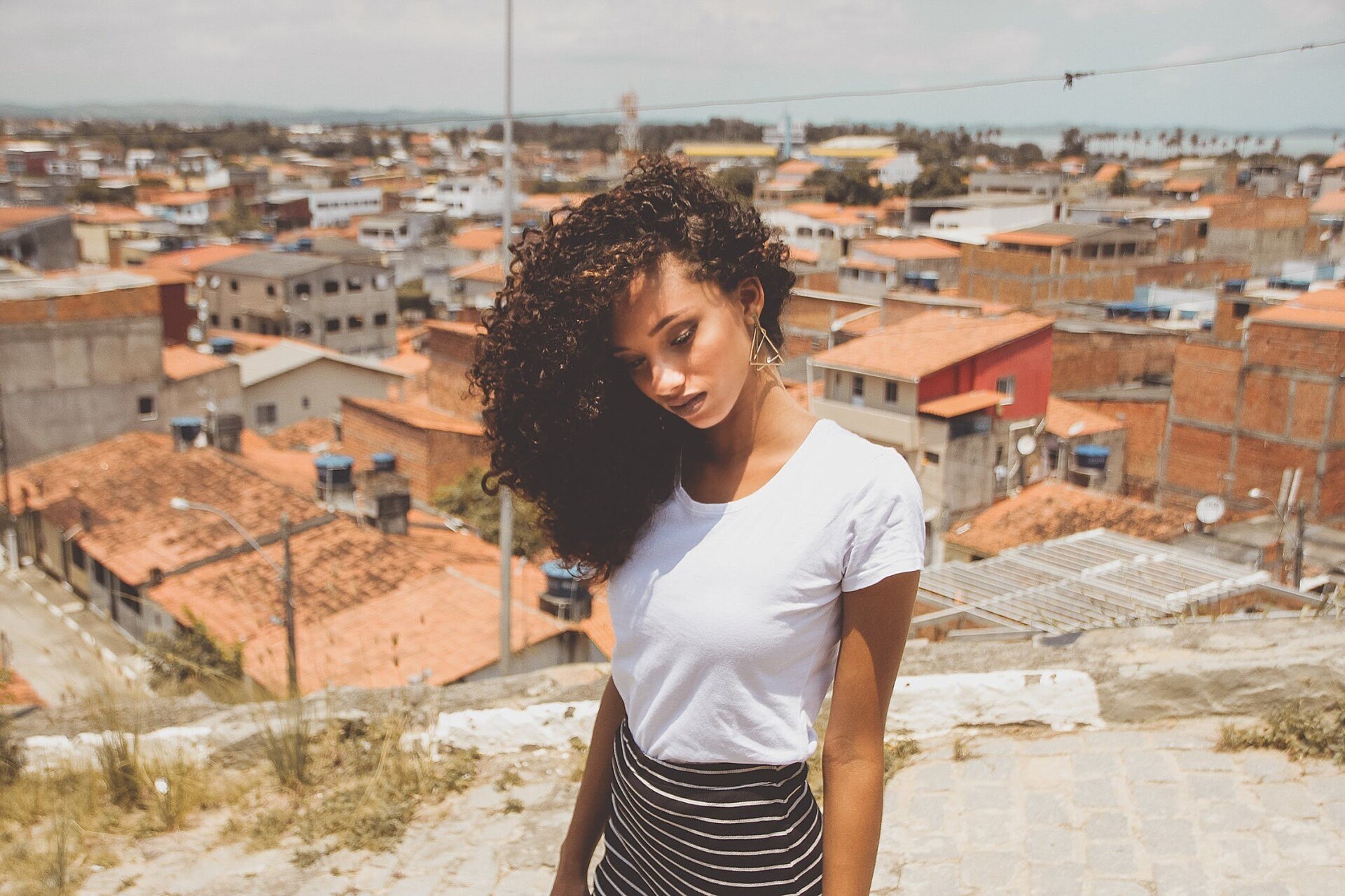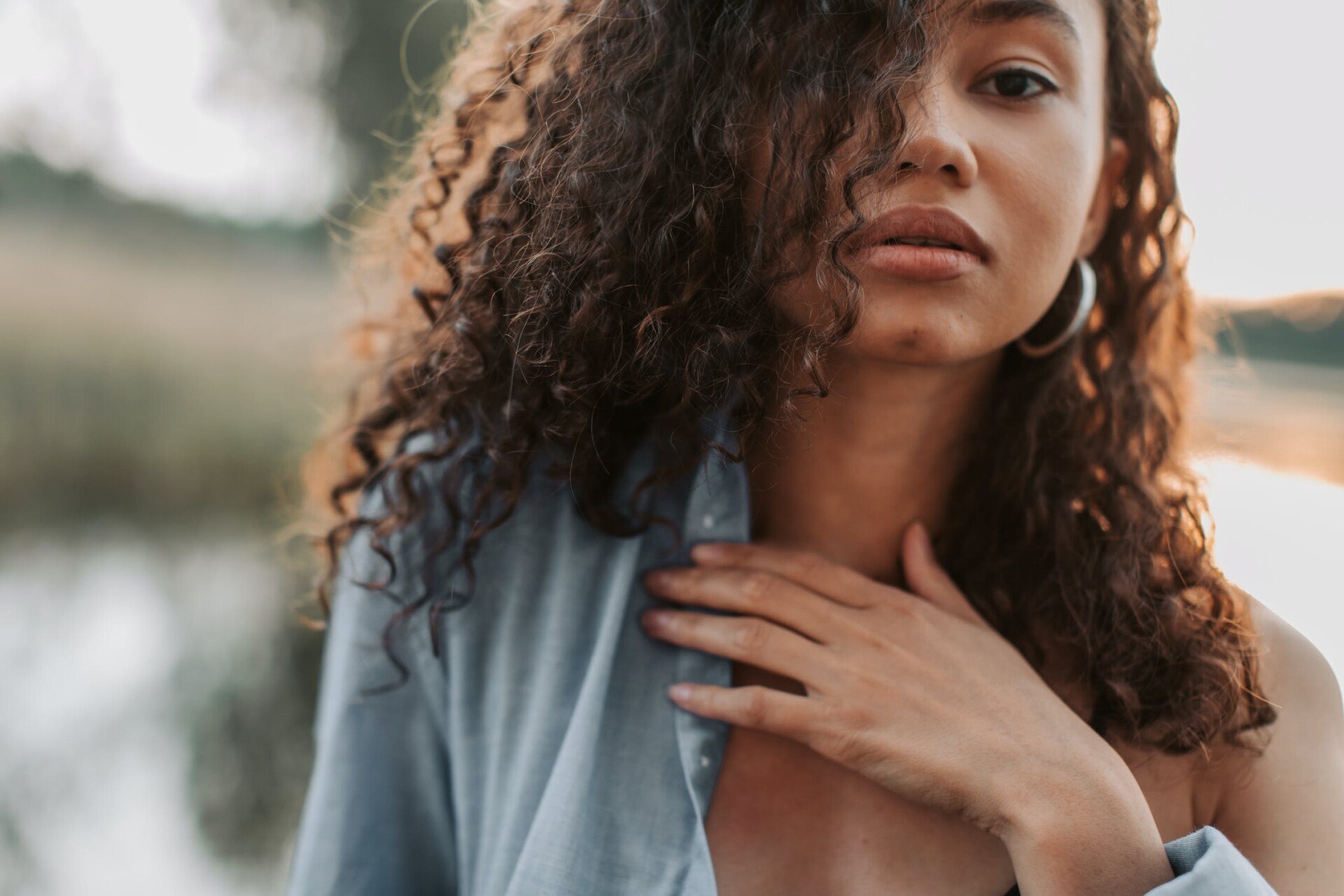The proportion of poor SRH (bad + very bad) was 34.8% in women who were food secure, while among those living in moderate or severe food insecurity almost 50% had poor SRH (Fig.2). The proportion of poor SRH was higher among older women, those with little education , unemployed, and the poorest in comparison with the younger women, women with more education, employed, and least poor . The 2014 follow-up survey in the HDSS included information on food security and self-rated health of all women of reproductive age (15–49 years).
The government continues to employ unnecessary and disproportionate surveillance, harassment and selective attacks, and threats against human rights defenders and anyone identified with the opposition, according to the Inter American Commission on Human Rights . Owing in part to the amnesty, no investigations or criminal proceedings were underway, at time of writing, to identify and convict those responsible for human rights violations related to the 2018 crackdown. In 2019, President Ortega promoted top officials implicated in abuses.
- As a result, they are often considered “backward” and “stiff,” but it isn’t an issue in Nicaragua.
- PRAMILA PATTEN, expert from Mauritius, discussing article 11 on employment, noted a gap in the protection afforded by the Labour Code and the de facto situation of women in the employment field.
- However, if you change the Title, Brief Description or Narrative text, those changes will be saved to only the Open Text of the language in which you are writing.
- In 2000, women had won just 14 of the 151 mayor and deputy mayor elections, and they had won in less populous and less wealthy municipalities.
- In volunteering to serve communities throughout Nicaragua, health brigadistas received medical training from popular organizations with materials provided by the Ministry of Health.
- Under the scattered shade of broadleaved tropical trees, two dozen Nicaraguan women–most of them young and juggling small chidren–listened attentively to a discussion of sex and gender, learning about their bodies and cultural attitudes toward women.
- A school built there in the last decade with Winthrop’s help, and which bears Winthrop’s name, has meant the children now receive six years of education.
- Other micro-enterprises include dairy products, handicrafts, natural medicines and beauty services.
Like many of the co-ops formed in the 1980s, it benefited from the availability of relatively cheap raw materials – in this case, fabric and thread. The women enjoyed their friendships with coworkers, and, as in the case of many co-ops, they joined CONAPI, the national union of small industries, which allocated supplies and offered other support. 2.1.2 Prevalence of severe food insecurity in the adult population (%). Though Nicaragua’s statistics regarding women’s rights and abuse are not yet within positive measures, the work of NGOs should result in the improvement of conditions for women in Nicaragua over the next decades. The 2016 poverty rate in Nicaragua was 24.9% with an average salary being $265. A large number of women in Nicaragua experience pregnancy at a young age.
“They are called names, told they asked for it, that rape is their fault,” one legal professional told Human Rights Watch. Available data indicates that young women and adolescent girls are at particular risk of unwanted pregnancy from rape. In June, the United Nations Human Rights Council , with cross-regional support, renewed and strengthened the mandate of the Office of the United Nations High Commissioner for Human Rights to monitor and report on Nicaragua. The HRC condemned abuses and urged the government to resume cooperation with international human rights bodies.
Using Your Nicaraguan Women To Produce Extra Cash

Therefore, we implemented a hierarchical modeling approach to analyze the association of food security as a capability with women’s self-rated health. The unadjusted and adjusted prevalence ratio and its 95% confidence interval were determined by random-intercept Poisson regression analyses . In 2008 Mary’s Pence formed ESPERA, by partnering with grassroots women’s organizations in Central America and Mexico to start community lending pools that are owned by the local women. Following the path we had started with The Red to increase leadership and ownership, they became one of the first ESPERA partners. The first year they received funding through the Mary’s Pence Grants program in addition to the initial funds for their ESPERA lending pool. Women – who had been pivotal in the Sandinista revolution – formed cooperatives and, during the 1990s, a new program was launched encouraging rural women to seek joint ownership rights to the land they worked with their husbands.
- She attends classes through education organization Fe y Alegría, which, with support from Aprendo y Emprendo, expanded its offerings in the Southern Caribbean Coast region to include the auto mechanics program.
- That all said, abortions can be carried out for medical reasons and so far there has not been a case of imprisonment nor a legal case brought against a woman who had practiced abortion.
- A group of women from northern Nicaragua are bringing their own interpretation to the saying “Unity makes strength,” joining their creative forces to combat poverty.
- All of the USA’s Group A matches will be played at Estadio Olímpico Félix Sánchez in Santo Domingo.
- Women head the Supreme Electoral Council, the Supreme Court, the Attorney General’s office, the Public Prosecutor’s Office, and account for 60% of judges.
One of them was Dr. Mirna Cunningham, the Minister of Health for Nicaragua’s North Atlantic Coast. Martha Heriberta Valleis an activist in the Women’s Movement and in the Cooperative Movement. She joined the Revolution at an early age, and joined the organization of women farmers when the Revolution triumphed. She has been an organizer of rural women, a former elected official of the National Assembly, and at last contact was serving as president and founder of the Agricultural Cooperative Federation of Country Women Producers of Nicaragua .
It had set up the Inter-institutional Commission for Women and Rural Development, devised gender equity strategies for most public-sector agricultural bodies and facilitated postgraduate courses on gender statistics at Nicaraguan universities. Its goal was to achieve equal opportunity in all State body programming as well as institute a system of gender-focus indicators in all sectors. At the height of the Cold War, we helped to expose the Reagan Administration’s covert wars against the people of Central America. During the first Gulf War, we stood up to George Bush, opposing the bombs and trade sanctions that threatened Iraqi women and families. For eight years, we challenged the bogus humanitarianism of Bill Clinton and worked to hold his Administration accountable to its rhetoric. And since the attacks of September 11, 2001, we have showed the world that the jingoism of “united we stand” is a myth.
How Nicaraguan Women transformed our lives in The Newest Year

However, if you change the Title, Brief Description or Narrative text, those changes will be saved to only the Open Text of the language in which you are writing. The tournament opener marked the second meeting between the USA and Nicaragua in women’s soccer at any level. The teams first clashed during the group stage of the 2018 Concacaf Women’s U-20 Championship in Trinidad and Tobago, a 2-0 victory for the USA. The Sandinista National Liberation Front overthrew a U.S.-supported dictator, beat back a U.S.-funded counter-revolution, implemented political and economic reforms and maintained power through democratic elections for many of the years since the revolution. After training, Guida and eight or nine other recruits decided to form a guerrilla unit based in the mountains while the others they had trained with moved to organize supporters in villages, neighborhoods and universities. The defeat set the Sandinista movement back several years and caused its leaders to reconsider their strategy.
The Selling Point Of Nicaraguan Women
A longtime sufferer of lupus erythematosus, she needed medication to keep her symptoms at bay. Although her family provided the police with the medicine she needed, the officials refused to give it to her.
Unidentified Details About Nicaraguan Women Unveiled By The Experts
Pamela Neumann earned her Ph.D. in sociology from the University of Texas at Austin and is currently a Zemurray-Stone Post-Doctoral Fellow at the Stone Center for Latin American Studies at Tulane University. Her research examines the politics of gender violence law and women’s experiences with legal institutions in Nicaragua. One member’s husband supported her, first with computer training and later by showing her how to surf the Internet to find ideas for new designs and techniques. Through the joint programme, the seven members of the “Cooperativa Omero Guatemala” received training in such areas as gender equality, citizen participation and the exercise of their rights. The association for Small and Medium Enterprises taught them how to prepare a business plan, and the Ministry of Labor provided training in labor rights. To address VAWG in the Caribbean region and to contribute to the global evidence base on VAWG, GWI is providing technical assistance to complete the World Health Organization multi-country survey.

Ida, attempting to terminate the pregnancy, threw herself down a staircase, but she remained pregnant. Ida’s mother is concerned her daughter might harm the baby she did not want. One woman Human Rights Watch interviewed reported that her partner raped her repeatedly, resulting in two unwanted pregnancies. She gave birth after the first unwanted pregnancy, and had a clandestine abortion after the second. Service providers and activists said this is a common problem affecting women and girls, and victims face stigma and blame.
A .gov website belongs to an official government organization in the United States. When logged in, click your profile avatar in the top right-hand corner of the screen to visit your profile page. From there you can access your bookmarked content under the “Bookmarks” tab. To publish, view and edit an entry in another language, use the drop down language selector found on the top menu bar and footer of the site to change your preferred language. To view and edit an entry in another language, use the drop-down language selector found on the top menu bar and footer of the site to change your preferred language.
The interviews took place in urban and rural areas, and on both coasts of Nicaragua. Due to the threat of prosecution and social stigma, Human Rights Watch is not identifying individuals, organizations, or the locations of these interviews. According to the Global Gender Gap Index, the Central American country of Nicaragua currently places twelfth in the world for gender parity, above the likes of France, the United Kingdom, and the United States.
